1. Chinese scientists first to genetically modify human embryos.
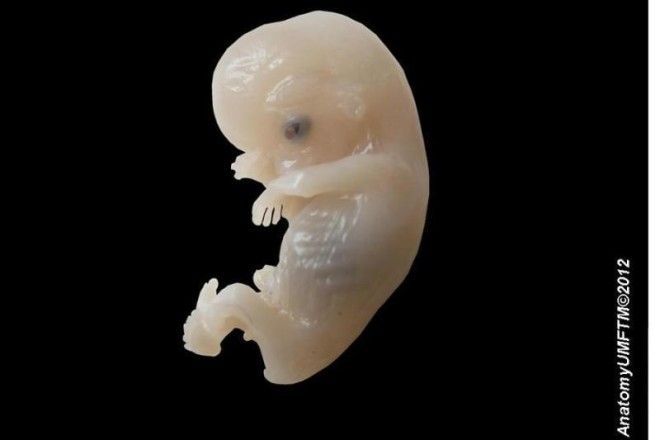
Much to the chagrin of safety-concerned scientists, this year Sun Yat-sen University gene-function researcher Junjiu Huang led a team in editing the genome of a human embryo. Using a technique called CRISPR/Cas9 on non-viable embryos obtained from fertility clinics, the Chinese scientists attempted to modify a gene that can lead to a potentially fatal blood disorder. Some believe that continuing work in this field could greatly reduce hereditary diseases in babies before they’re born, with this “edited” DNA being passed on from generation to generation.
Ethical debates aside (and there are many), this won’t be happening on a grand scale any time soon: successful splicing of the replacement material was too low, with the presence of off-target mutations too high. “The study is a landmark, as well as a cautionary tale,” Harvard stem-cell biologist George Daley said. “Their study should be a stern warning to any practitioner who thinks the technology is ready for testing to eradicate disease genes.”
2. Scientists discover the first new antibiotic in 30 years.
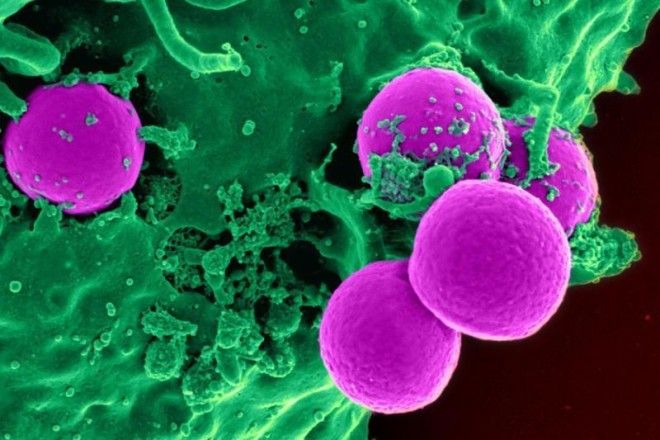
A public health crisis looms in the not-too-distant future: what happens after infections start to resist antibiotics more quickly than new antibiotics are introduced? In response to that question, U.S. scientists set out to search for a new antibiotic — and they did so by looking through piles of dirt. Of all potential antibiotics, 99% of them cannot be produced in a lab, and therefore they must be mined from their natural habitat: soil. Scientists used electronic devices to scour for uncultured bacteria that could be used for new antibiotics, and eventually came away with an antibiotic called “teixobactin,” which kills bacteria by breaking down its outer wall and preventing its growth in further cells.
Teixobactin has not been tested in humans, but has shown great potential in mice. What’s most exciting is that, according to the researchers, the properties of this compound suggest a path towards developing antibiotics that are likely to avoid development of resistance.
3. 3D implantable bones are being used in human trials.
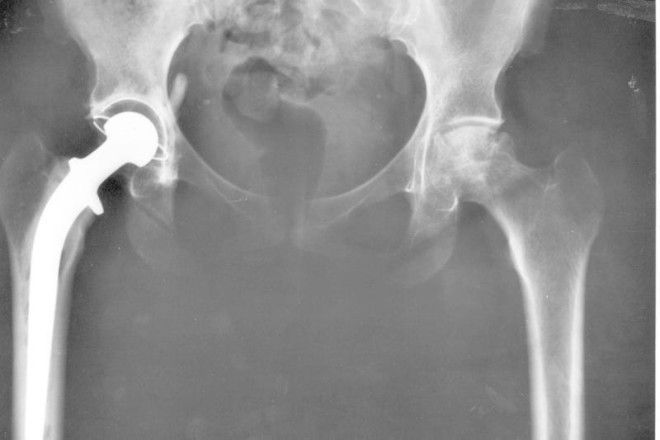
Since the advent of 3D printing, its application in medicine has brought us to the point that scientists are now starting human trials of filament-free, biodegradable, implantable bones in humans. Chinese startup Xi’an Particle Cloud Advanced Materials Technology Company concluded animal testing early in 2015, and began human trials this summer.
When tested in animals (specifically, rabbits), the surface of the 3D-printed bones started growing new cells very rapidly. If successful in humans, this would facilitate the replacement of bone loss due to diseases such as cancer, and potentially replace the need for bone grafts.
4. New bionic eye lens surgery could give everyone better than 20/20 vision in 8 minutes.
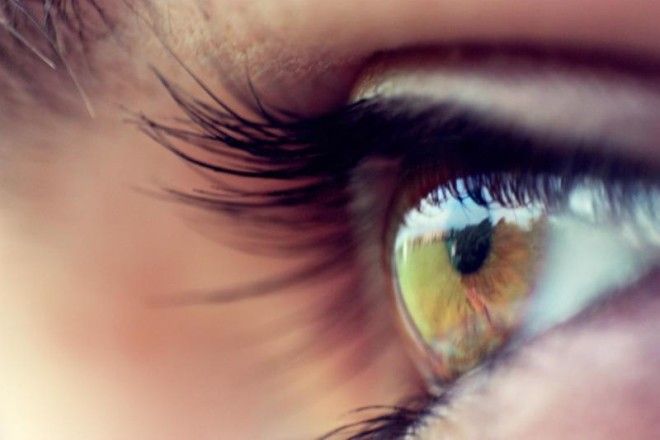
In a surgery that would take roughly eight minutes, the new custom-made, personalized lens would be painlessly attached to the eye, and immediately provide better than perfect vision for the rest of the wearer’s life — making glasses, contacts, and even cataracts a thing of the past. That is, if you are over 25 years old; it’s at that age when the human eye stops developing and you become eligible for the surgery.
5. The UK approves three-person in-vitro fertilization, which can help eliminate certain diseases.

After a February vote, UK fertility clinics gained the ability to create what some have deemed “three-parent babies.” In this procedure, in-vitro fertility clinicians use the DNA material of both intended parents, plus minimal DNA from an egg donor if the intended mother’s mitochondria is damaged. Mitochondria convert food into usable energy, and are only passed down by the mother. If the mother’s mitochondria are genetically damaged, this can mean that the future baby may have have insufficient energy to keep the heart beating. The donor mitochondria is meant to replace the damaged mitochondria, thus producing a healthy baby.
Next up comes questions of licensing. Once the regulatory framework is set up, researchers expect the first “three-person baby” to be born next year.
6. Harvard Bioengineers create cyborg tissue.
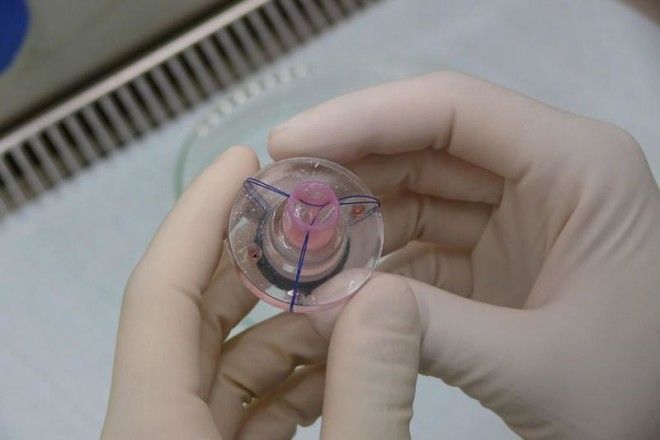
The history of cyborg tissue goes back a few years, when bio-engineers at Harvard University grew rat tissue at nanoscale – using collagen as a 3D scaffold of sorts. Back then, the researchers used the tissue mainly as a sensor network for medical testing. Researchers later wove nanowires and transistors into the scaffold, where they were able to create a half-living, half-machine blood vessel. Fast forward three years, and they have now successfully injected a nanoscale nerve scaffold into the brains of mice, without damage. What does any of this mean? We’re one step closer to treating diseases like Parkinson’s, or afflictions like paralysis.
Advertising
“This opens up a completely new frontier where we can explore the interface between electronic structures and biology,” says Charles Lieber, the lead researcher. The next step is to “wire up tissue and communicate with it in the same way a biological system does.”
7. Just-discovered process can make human Leukemia cells harmless.
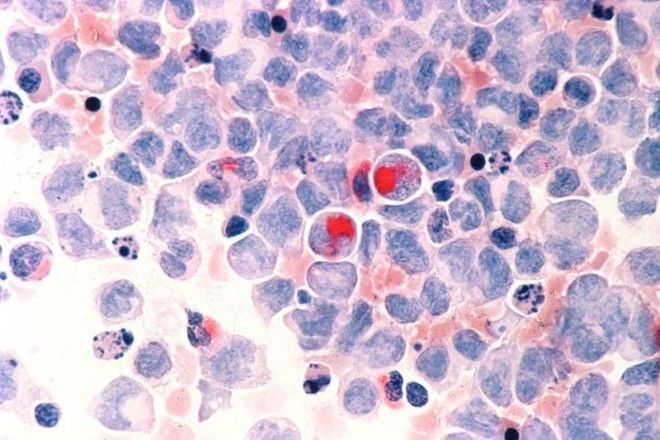
Stanford University professor Ravi Majeti and his colleagues were trying to keep a sample of leukemia cells alive for testing when they happened upon a fluke discovery. “We were throwing everything at them to help them survive,” he says. As they “threw” various proteins, one scientists noticed the cancerous cells begin to change shape and size, ultimately becoming macrophages — cancer-free immune cells.
“Looking back at previous research in which a separate team managed to alter the growth of leukaemia cells in mice,” Science Alert wrote, “the team soon realized that cancerous lymphoblasts could be forced into mature, harmless macrophages when combined with certain types of proteins that altered their genetic activity.”
It’s already yielded some positive, real-world results: a girl named Layla Richards has undergone the therapy and many believe she is cured
of her acute myeloid leukemia. Only time will tell the long-term
effectiveness of the therapy, however.
8. Researchers dig up the remains of a new species of human ancestor in South Africa.
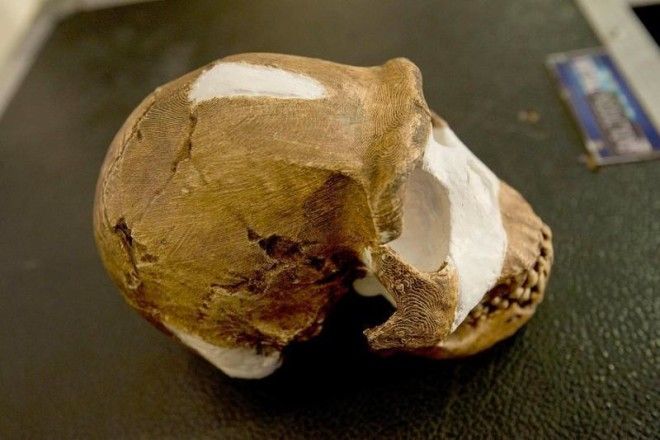
In one of the most important archaeological discoveries in the last half-century, this year South African scientists excavated the bones of a previously unidentified member of our lineage, Homo naledi , in the Rising Star Cave. Also found within the cave’s narrow chute were the remains of possibly 15 more human ancestors from the same time frame — as early as three million years ago. In terms of genealogy, scientists are placing H. naledi — whose species name means “star” — between “Lucy” and “Handy man” Homo habilis.
This particular discovery also marks the most species’ fossils ever unearthed at one site. So far, more than 1,550 fossils have been discovered, with multiple examples of every bone found within the Rising Star’s all-but-hidden chamber. That the fossils seem to have been intentionally deposited in a concealed area has led some researchers to believe that not just modern humans, but pre-human species ritually buried the dead.
9. Researchers uncover evidence of water on Mars.

The discovery that Mars once held liquid water marked a high point in space exploration this year. While the revelation gave scientists reason to believe that the red planet may have once held life, it has also opened up even more questions. Here’s what scientists know so far: two-mile thick ice caps at each of the planet’s poles seem to shrink with temperature increases, but the water appears to skip the liquid state and instead turns to gas. They also know that frozen water lies underneath the surface, and that liquid water—when it’s around—is capable of pooling on the surface, as sheets of ice have been found lurking in the bottom of some shadowy craters.
When water in its liquid state can be found and tested, scientists will gain a better understanding of how likely we are to find life on the red planet, though current tests done on the streaked, once-water-containing slopes suggest that Martian water would be too salty to sustain life as we know it on Earth.
“It took multiple spacecraft over several years to solve this mystery, and now we know there is liquid water on the surface of this cold, desert planet,” said Michael Meyer, the lead scientist for NASA’s Mars Exploration Program. “It seems that the more we study Mars, the more we learn how life could be supported and where there are resources to support life in the future.”

